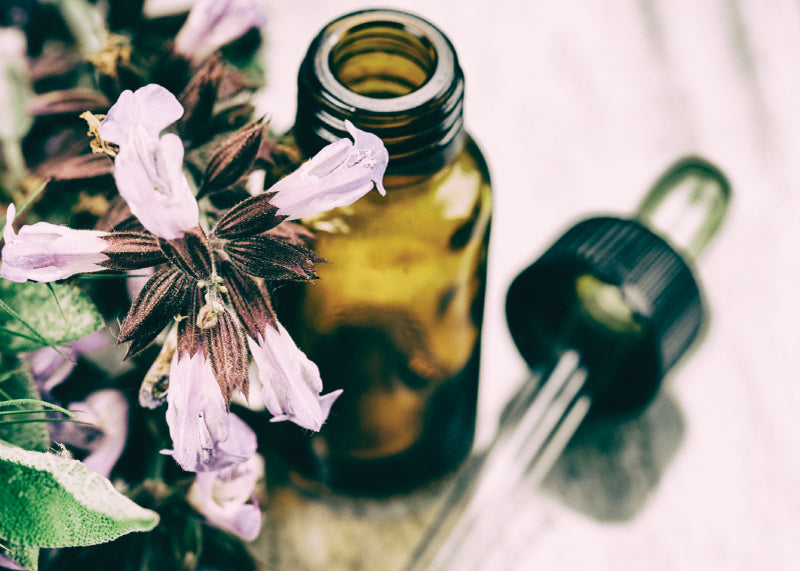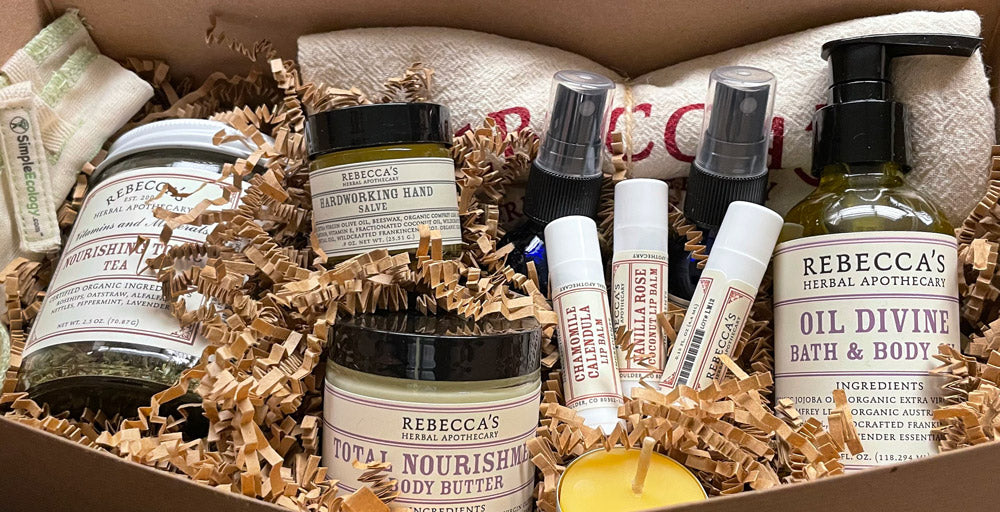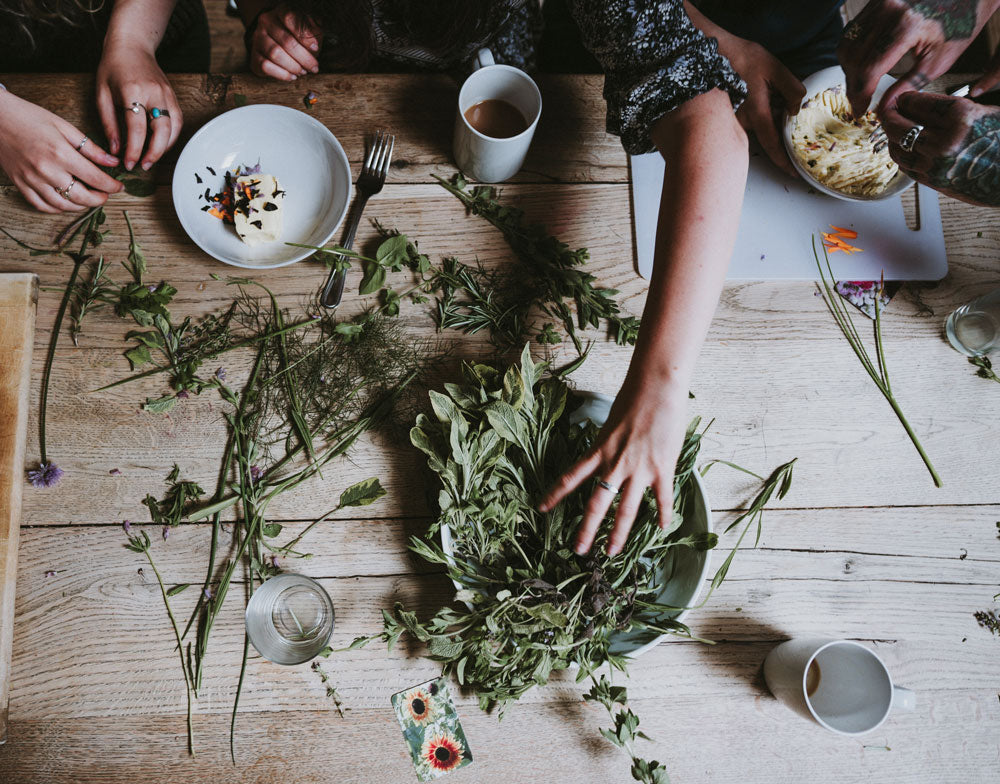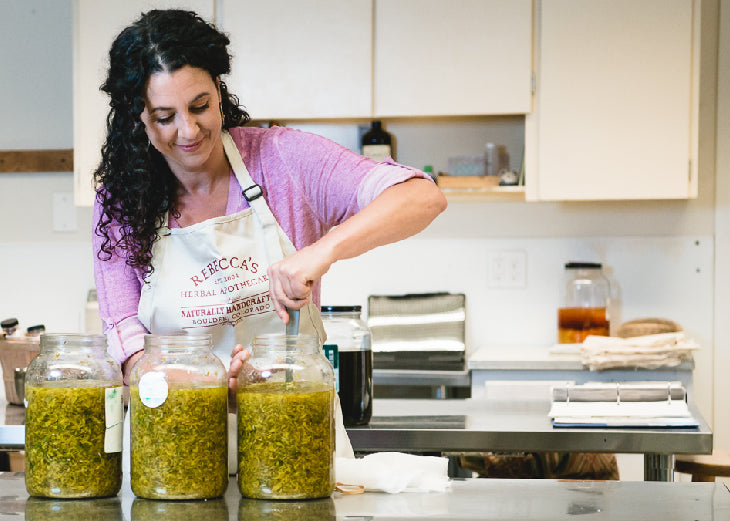Herb Article
Copal Resin
By Faith Goguen Rodgers, Certified Clinical Herbalist
 Copal Resin
Copal Resin
In my efforts to find the best quality Copal resin to carry here at Rebecca's, I was fascinated by everything that I learned. I am happy to have an opportunity to share my discoveries. Copal is an aromatic tree resin used throughout Mesoamerica. The word Copal comes from the Spanish word copalli, meaning incense. There are many different trees and their resins which are referred to as Copal. Looking back in the literary history of this resin, the botanical names for the tree resins that were used as Copal often are missing. This has left many wondering what is Copal exactly and where does it come from?
In Southern Mexico, the Maya use Copal resin from the pitch pine tree (genus Pinus). In Eastern Guatemala, the Maya use Copal resin from a species of Bursera tree (a genus with about 100 different species of flowering shrubs and trees). It has also been harvested from trees in the Hymenaea family. To think of it in broader terms, Copal is essentially a resin (from many different trees) that is in an intermediate stage of "polymerization", or hardening. Its texture is somewhere between gummier resins and the very hard, fossilized amber. It can be golden, white or black in color depending on its origins.
Copal has had various uses throughout history as an incense, varnishing agent, medicine, gluing agent, and for ritual and ceremony. Today it is most often used as an incense. When burned, Copal produces a sweet, earthy and often pine-like aroma. It can be used for the purification of a person or space, for connecting to spirit and was often burned by the Maya as an offering to the gods and goddesses. The Maya believed that copal was helpful for the treatment of all the spiritual diseases; Susto (Fright), Tristeza (Sadness), Invidia (Envy) and Pesar (Grief) (Arvigo 162-185).
To burn Copal resin, place a charcoal disc on a heat safe surface (rock, sand, shell, etc.). Light the charcoal and wait until the charcoal turns a grayish color. Drop pieces of Copal resin on the charcoal and allow it to burn. It will produce an aromatic smoke. Always crack a window or door to allow for ventilation and energy flow.
Resources
Rainforest Home Remedies: The Maya Way to Heal Your Body & Replenish Your Home by Rosita Arvigo and Nadine Epstein, 2001
Mesoamerican Copal Resins by Brian Stross, University of Texas at Austin
 Copal Resin
Copal ResinIn my efforts to find the best quality Copal resin to carry here at Rebecca's, I was fascinated by everything that I learned. I am happy to have an opportunity to share my discoveries. Copal is an aromatic tree resin used throughout Mesoamerica. The word Copal comes from the Spanish word copalli, meaning incense. There are many different trees and their resins which are referred to as Copal. Looking back in the literary history of this resin, the botanical names for the tree resins that were used as Copal often are missing. This has left many wondering what is Copal exactly and where does it come from?
In Southern Mexico, the Maya use Copal resin from the pitch pine tree (genus Pinus). In Eastern Guatemala, the Maya use Copal resin from a species of Bursera tree (a genus with about 100 different species of flowering shrubs and trees). It has also been harvested from trees in the Hymenaea family. To think of it in broader terms, Copal is essentially a resin (from many different trees) that is in an intermediate stage of "polymerization", or hardening. Its texture is somewhere between gummier resins and the very hard, fossilized amber. It can be golden, white or black in color depending on its origins.
Copal has had various uses throughout history as an incense, varnishing agent, medicine, gluing agent, and for ritual and ceremony. Today it is most often used as an incense. When burned, Copal produces a sweet, earthy and often pine-like aroma. It can be used for the purification of a person or space, for connecting to spirit and was often burned by the Maya as an offering to the gods and goddesses. The Maya believed that copal was helpful for the treatment of all the spiritual diseases; Susto (Fright), Tristeza (Sadness), Invidia (Envy) and Pesar (Grief) (Arvigo 162-185).
To burn Copal resin, place a charcoal disc on a heat safe surface (rock, sand, shell, etc.). Light the charcoal and wait until the charcoal turns a grayish color. Drop pieces of Copal resin on the charcoal and allow it to burn. It will produce an aromatic smoke. Always crack a window or door to allow for ventilation and energy flow.
Resources
Rainforest Home Remedies: The Maya Way to Heal Your Body & Replenish Your Home by Rosita Arvigo and Nadine Epstein, 2001
Mesoamerican Copal Resins by Brian Stross, University of Texas at Austin




